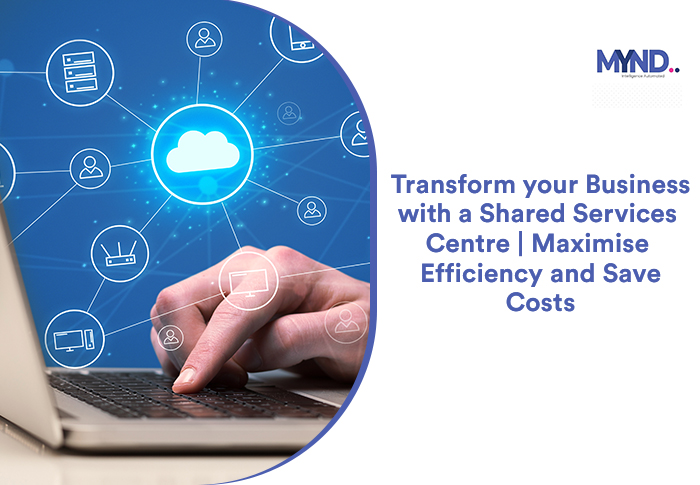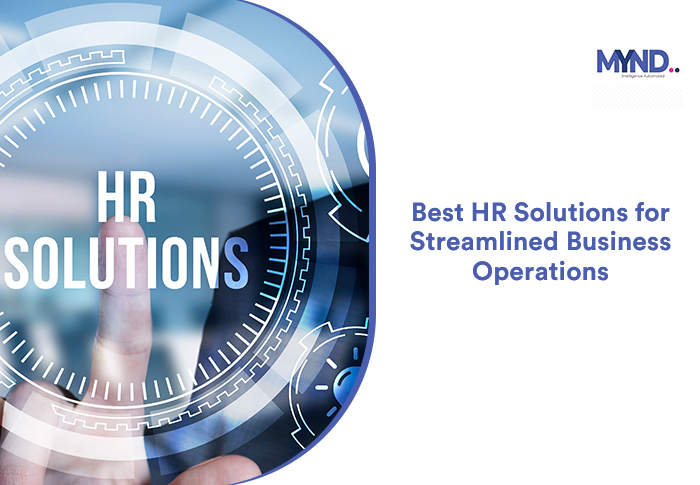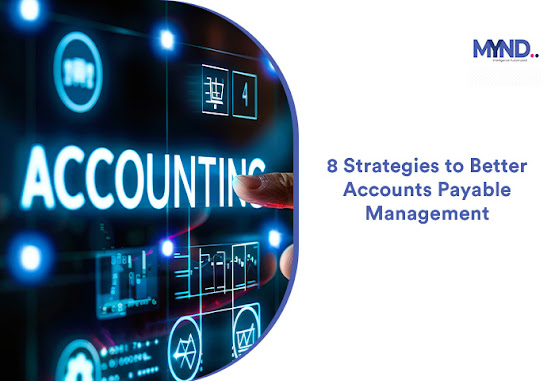A Quick Guide to Better Accounts Payable Management
.jpg) |
| A Quick Guide to Better Accounts Payable Management |
Managing payments may sound simple,
but as a business grows, Accounts Payable (AP) quickly becomes one of the most
time-consuming and error-prone functions. Hundreds or even thousands of
invoices arrive every month, and without the right systems, delays and mistakes
start piling up. This is where modern practices—like accounts payable services,
accounts payable outsourcing services, and accounts payable
automation—can completely transform the way businesses work.
In this blog, we break down the real challenges companies face in AP and how they can overcome these problems with smarter, more efficient solutions.
What Accounts
Payable Really Means
Accounts Payable is the function
responsible for managing all vendor payments. It covers tasks such as:
- Receiving and checking invoices
- Matching invoices with POs and delivery
documents
- Routing invoices for approval
- Processing payments on time
- Recording transactions in the system
- Communicating with vendors
When a company is small, this workflow is simple. But as the business expands, the number of invoices increases, compliance becomes more complex, and manual processes start slowing everything down.
The Five Biggest
Challenges in AP Today
1. High Invoice
Volume Slows Everything Down
Many companies still depend on manual
data entry and email-based approvals. When invoice volume grows from 50 to 500
or more a month, the AP team gets overwhelmed. This leads to:
- Backlogs
- Missed payment deadlines
- Lost early payment discounts
- Frustrated vendors
Faster growth demands smarter systems.
2. Manual Errors
Are Expensive
Human mistakes—duplicate invoices, incorrect entries, wrong amounts—are very common in manual AP processes. These errors not only cost money but also take time to resolve. They interrupt operations and create tension with suppliers.
3. Compliance Is
Getting More Complicated
Indian businesses must follow strict
rules related to:
- GST reconciliation
- TDS deduction and returns
- MSME payment timelines
- E-invoicing and e-way bills
Missing a step can lead to fines, penalties, or tax disallowances. This is why companies increasingly rely on accounts payable outsourcing services to ensure full compliance.
4. Lack of
Visibility and Control
Without proper tracking systems,
businesses struggle to see:
- Total outstanding payables
- Approval delays
- Vendor payment timelines
- Cash-flow needs
This lack of real-time visibility affects financial planning and decision-making.
5. Vendor
Relationships Suffer
Late payments, unclear communication, and repeated follow-ups damage trust. A smooth AP process builds stronger vendor partnerships and even helps businesses negotiate better terms.
Why These Issues
Continue
Many companies still treat AP as a small back-office task and avoid investing in better systems. They hesitate due to cost concerns, limited expertise, or simply not knowing where to start. But delaying improvement only makes the challenges worse.
How Companies Try
to Improve AP
1. Adding More
Staff
This may work temporarily but becomes
expensive in the long run. Manual errors still continue.
2. Buying
Software
Software reduces manual work, but
exceptions and compliance still need trained professionals.
3. Outsourcing to
Experts
This is where accounts payable services and accounts payable outsourcing services stand out. You get expert teams, better technology, automation, and compliance support—all at a cost that scales with your business.
Understanding
Accounts Payable Automation and Outsourcing
What Is Accounts
Payable Automation?
AP automation uses technology to
handle:
- Invoice capture
- Data entry
- Approval workflows
- Payment scheduling
- Reporting
This reduces manual work, speeds up
processes, and improves accuracy.
What Are Accounts
Payable Outsourcing Services?
In outsourcing, external experts
manage part or all of your AP tasks, such as:
- Invoice processing
- Vendor communication
- TDS/GST compliance
- Payment file preparation
- Reporting and analytics
You stay in control, while experts handle execution.
Benefits of
Automating and Outsourcing AP
1. Faster Invoice
Processing
Automation reduces approval times from
weeks to days.
2. Lower Costs
Outsourcing replaces hiring, training,
and maintaining large AP teams.
3. Fewer Errors
Automation and expert checks eliminate
duplicates and incorrect payments.
4. Better
Compliance
Specialists ensure timely GST, TDS,
and MSME compliance.
5. Improved
Vendor Relationships
On-time payments and clear
communication increase trust and reliability.
6. Real-Time
Visibility
Dashboards show invoice status, pending items, and cash-flow needs instantly.
When Should a
Business Consider AP Outsourcing or Automation?
- Processing 200+ invoices per month
- AP team is overloaded
- Frequent errors and delays
- Compliance is getting difficult
- Cash-flow planning lacks clarity
- Vendor complaints are increasing
If these sound familiar, it may be time for accounts payable services.
How to Choose the
Right Provider
Look for:
- Proven industry experience
- Strong technology platform
- GST/TDS/MSME compliance knowledge
- Secure and reliable processes
- Customizable workflows
- Detailed reporting
- Clear SLAs and response times
A Smooth
Transition to Managed AP Services
A successful onboarding includes:
- Mapping your current AP process
- Setting clear performance metrics
- Phased implementation
- Training your internal team
- Regular 30–90 day reviews
With the right partner, the shift is smooth and risk-free.
Conclusion
Accounts Payable may not be the most
visible part of a business, but it plays a major role in vendor trust, cash
flow, and financial stability. As invoice volumes grow, manual processes simply
can’t keep up. Modern solutions—like accounts payable services, accounts
payable automation, and accounts payable
outsourcing services—help companies work faster, stay compliant, and
reduce costs.
By partnering with experts, your AP function becomes more efficient, accurate, and scalable, allowing your internal team to focus on strategic financial work rather than day-to-day processing.



Comments
Post a Comment